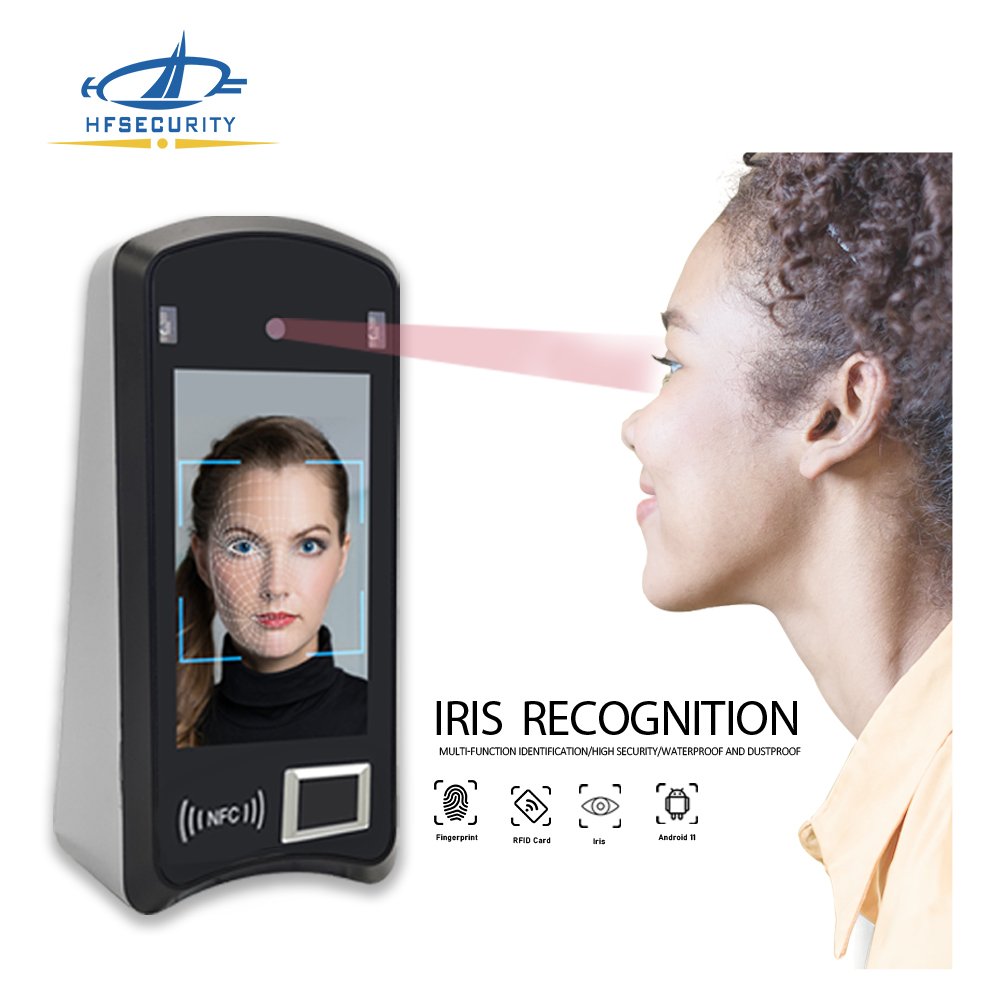Iris recognition systems are becoming more popular as a way to control access and manage a person’s identity. These systems work by scanning the unique pattern of a person’s iris – the colored part of the eye – to confirm their identity. This technology is very accurate and provides a high level of safety and security.
Many different industries can benefit from using iris recognition systems. Examples include government buildings, banks, and airports, where security is very important. Iris recognition can also be used to verify a person’s identity before they access online services, like banking or healthcare.
One reason why iris recognition is popular is because it is very accurate. Each person’s iris pattern is unique to them, and it is almost impossible to forge or copy. Moreover, the scanning process is quick and doesn’t require physical contact, making it a hassle-free option.
Another good thing about iris recognition is that it can easily be added to existing security systems. It could replace traditional methods, like key cards or pin numbers, or work together with those methods for even better security.
Some people might worry about their privacy if they use. However, companies that make these systems take care to protect personal information. They use encryption and other security measures to keep the data safe.
In summary, iris recognition systems are becoming more popular they are a and secure way to control access and manage identity. As technology advances, we can expect to see more use of iris recognition systems in various areas of life.

iris recognition access control X05
Applications for iris recognition access systems
Iris recognition access systems have multiple applications across various industries due to their high accuracy, security, and ease of use. Here are some of the most common and significant applications for iris recognition access systems:
Physical Access Control: Iris recognition systems can be used to grant access to restricted locations such as offices, manufacturing facilities, research labs, data centers, government buildings, military bases, and prisons. With iris recognition, the possibility of unauthorized access using lost, stolen, or forged keycards or credentials is greatly reduced.
Airport Security: In airports, iris recognition technology can be implemented to streamline customs and immigration processes by verifying passengers’ identities in a quick, contactless, and efficient manner. This helps reduce waiting times and enhances the overall security of the airport.
Banking and Financial Services: Banks can integrate iris recognition systems for identity verification for opening new accounts, accessing safe deposit boxes, or approving high-value transactions. This technology can help prevent fraud, identity theft, and unauthorized access to individual bank accounts.
Healthcare: Hospitals and other medical facilities can employ iris recognition for patient identification and access to medical records. This ensures that patients receive accurate treatment and medication according to their unique health histories and prevents identity mix-ups.
Educational Institutions: Universities and schools can use iris recognition systems to grant access to sensitive areas such as libraries, laboratories, and examination rooms. Additionally, iris recognition technology can verify the identity of students for exams, securing the integrity of the examination process.
National ID Programs and E-Passports: Governmental agencies can incorporate iris recognition systems into national identification programs or electronic passports. This biometric technology ensures more accurate and secure identification of citizens, helping prevent identity theft and fraudulent activities.
Time and Attendance Management: Companies can use iris recognition systems to record employee attendance and maintain accurate timekeeping records. This eliminates the possibility of employees “buddy-punching” or clocking in and out for each other, thus improving overall workforce efficiency and productivity.
These applications demonstrate the versatility and reliability of iris recognition systems, making them an attractive biometric option for businesses and organizations across various industries seeking to enhance their security and identity management capabilities.



